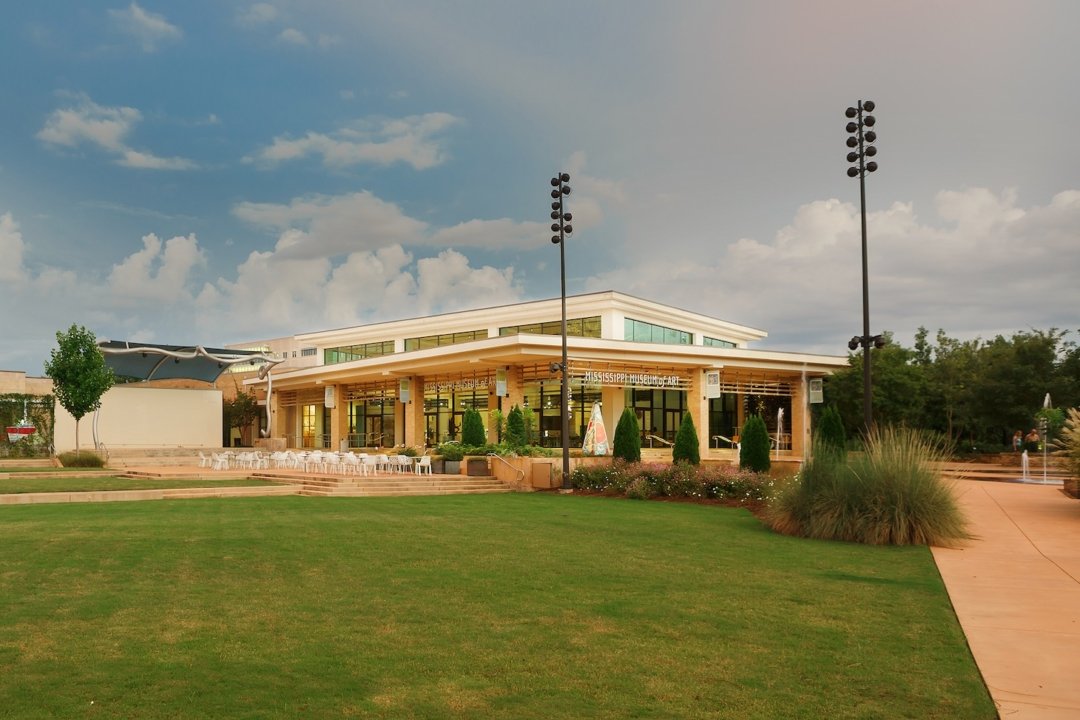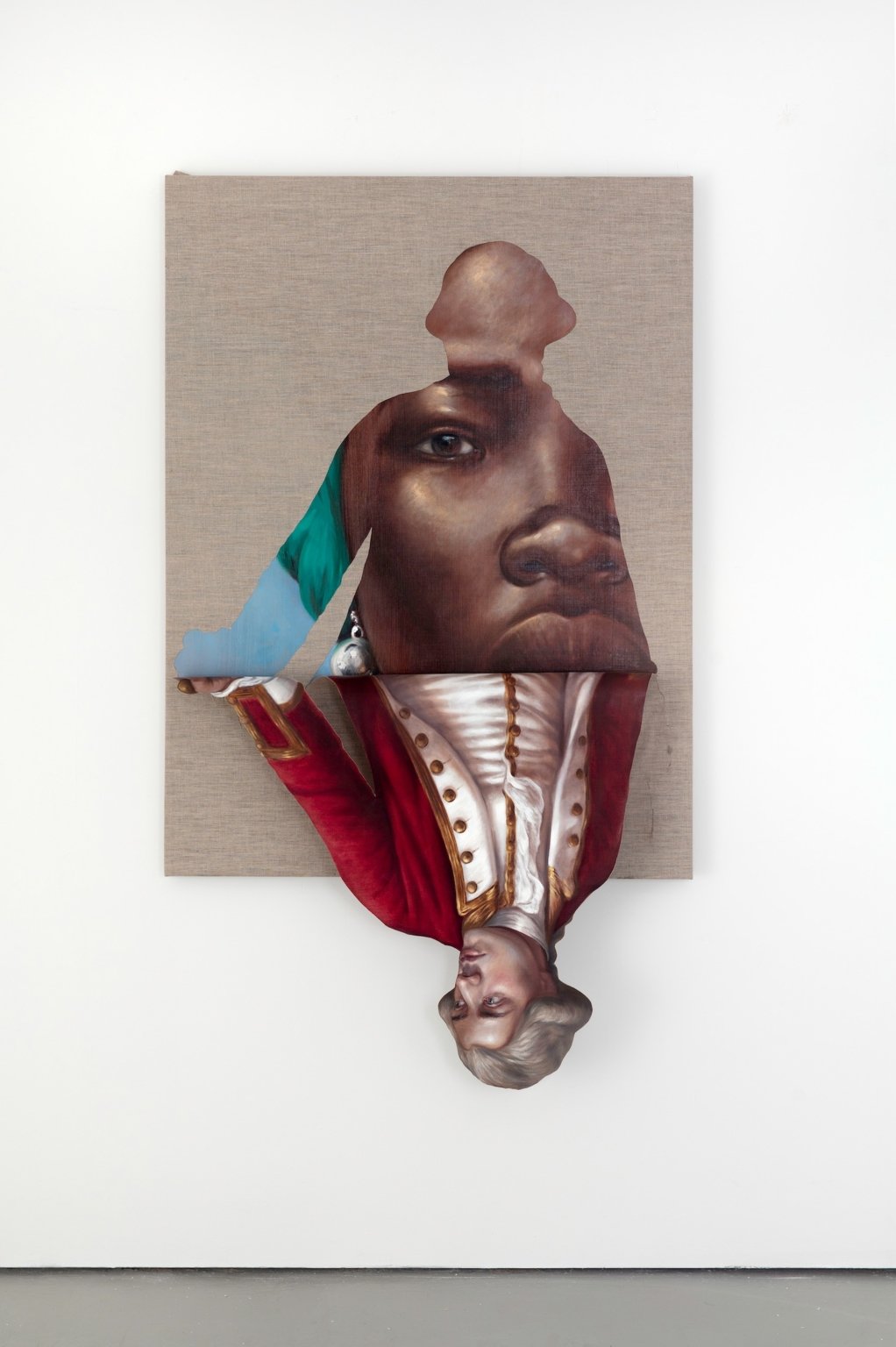A Museum Director Asks: What if Art Museums Can’t Measure Up to the Present Moment?

Written by Betsy Bradley and published originally by Hyperallergic, August 26, 2020
During the pandemic and what seems to be a reawakening of our country’s recognition of its foundation in racism, art museum directors have been talking to each other, far more regularly than normal. This is happening thanks to the leadership of the Association of Art Museum Directors and, in my region, the Southeastern Museums Conference. This coming together of colleagues to address issues of closing our facilities, financial sustainability in a time of reduced (or no) revenue, and planning to reopen facilities has consistently brought us generous exchanges of plans, a sense of community, and a slight feeling of control over our own destinies.
However, since George Floyd’s murder, our times together have been less fruitful. There has been a rush to deliver statements of solidarity, to project our self-perceived lack of racism. We’ve talked about white fragility and plans to diversify staff and boardrooms. Some of us have reported that we are mounting exhibitions about Black artists and experiences. We post pictures of acquisitions of artworks by African-American artists. These actions all have us assuming a defensive posture. In other words, we are almost embarrassingly begging a world that is moving rapidly towards important, irreversible, and necessary change to let us survive because we promise to adapt.
What if adaptation is not what is needed? What if we are asking the wrong questions? We are asking how to integrate our structures: staff, collections, exhibition schedules, board membership. What if the most important questions cannot be asked of others, but only of ourselves?
I am a white, female director of a museum in the deep South, in a state that bears the legacy of the foundational racism that created a massively profitable economic system out of stolen land and stolen labor, a place stripped of its natural resources and then abandoned by those enriched by our land, a place far too easily and routinely dismissed as being the source of racism rather than the survivors of it. I have worked in concert with my colleagues and with my community to enter into intentional reflection about the ways we have colluded with and benefitted from the socioeconomic infrastructure that leaves many of my own neighbors without access to the education, health care, and economic prosperity that our Constitution promises them. And, while we have been in staff-wide and trustee-wide training about racist practices, implicit bias, white fragility, and inherited trauma, we still have much work to do. We must reckon, not only with our institution and its practices, but with ourselves, too.

What rigors do we need to put ourselves through so that we become the leaders our institutions need and deserve in our new reality? To ask this question requires time spent in the kind of contemplative space that the pressure-cooker of a pandemic makes difficult, if not impossible to carve out. So, the work we have ahead of us will not be easy. But the alignment of a museum director’s personal values with the values that museum espouses must always come first — and it must be authentic. Through my own mistakes and missteps, I have learned that unless one is willing to reckon constantly with her own personal values and to accept that inclusion is a muscle to be worked and not a credential to be burnished, then real structural change can’t be achieved.
When personal reckoning is undertaken first, the groundwork is laid, often slowly and almost always painfully, for authentic institutional transformation. When that happens, our colleagues and boards are empowered to build a community of trust that forgives missteps and gently challenges well-intended misunderstandings. Such trust is a prerequisite to institutional change based on systemic equity.
After we reckon with ourselves, instead of only asking how to integrate our structures, perhaps then we will have the courage to talk together about the question that is really keeping us up at night: does our industry, in its current form, truly matter?
If it doesn’t, then the museums we love will die slow, painful deaths, and our careers will go the way of typewriter repairers or telephone operators or — to put a brutally painful point on it — slave brokers. If we only operate our museums the way we were trained, if we measure our success by the number and value of our acquisitions, and by the volume of people who pay to peek at our treasures, do we really have a right to take up real estate and salaries when our world is demanding that we turn our attention to new professions, to new shepherds of public safety, to an equitable distribution of medical care?
The question, then, is not what do we say, but are we relevant?
Three years ago, in an attempt to address this question in our community, staff and trustees of the Mississippi Museum of Art began building a new structure that set us on the road to such change. The Center for Art and Public Exchange (CAPE) has a laser-like focus on issues of race and equity. This conviction permeates all our work: exhibitions, collections, staffing, board development, resource development. It demands difficult, honest conversations. It prioritizes artists as well as our neighbors and residents — people who know the issues of racial inequity in their bodies, not just in their minds. And CAPE is changing us. Inevitably, it is bringing us into conversations about power because — at the end of the day — that is what a conversation about equity is about.
This is not the conversation art museum directors are typically trained to have. We are trained to defend the importance of our collections, our scholarship, and our intellectual investigations into aesthetic traditions borne out in exhibitions of exquisitely hand-made objects, objects that transcend the limits of human frailty and somehow connect us to a more divinely ordered universe than the one that invades our very homes with germs we cannot see. This is the magic of the art museum. This is the institution I love so much that I drag my family on vacations into the small, idiosyncratic, and large, encyclopedic museums that connect me with provocative ideas, insanely beautiful objects, and give me a moment to reflect on my own humanity. And I love a beautifully curated gallery. When a curator finds previously unknown connections between artists or artworks or traditions and links them together into a meaningful whole, I find myself in the place of one who discovers a secret of cosmic harmony, even if just for that hour.
But as much as I love museums and want them to be there for me for the rest of my days, I am ready to imagine a new way of experiencing the artworks they hold. I hope that my colleagues will join me in asking not only “What do museums need to do to adapt to this moment?” but also, “What is the moment teaching us about our institution’s place in the world?”
What is our reason for being? What does an art museum look like in a post-colonial world? How are we complicit in a power dynamic that may preclude honesty and reckoning from entering our deliberations? In other words, how do we reprioritize our museums’ missions, so that community care comes first? How do we join this movement that is, indeed, changing our world?

In their provocative book, Art as Therapy, Alain de Botton and John Armstrong suggest that, “Since the beginning of the twentieth century, our relationship with art has been weakened by a profound institutional reluctance to address the question of what art is for.” The authors propose a radical re-shifting of curatorial training and museum structures to prioritize the healing offered by artworks that invite us to remember, love, mourn, and grow.
Indeed, our training and structures may need to be altered to make necessary change happen. Perhaps our organizational charts should be framed not by academic discipline, but by function and impact. Perhaps we should train our professionals, even our curators, not only in art historical research but also in the facilitation of personal responses to art. In other words, perhaps all museum employees should take responsibility for the impact on the visitor of the objects we choose to display.
Mississippi is a place that catalyzed the dissolution of legal barriers to enfranchisement for people descended from enslaved people. This is the first time since the 1960s when I have felt that something truly momentous is happening that may live up to the liberty and justice promised on paper eons ago. Art museums can remind us of the power of beauty, creative expression, and their relationship to sheer joy and liberation. They can also reimagine themselves. Let’s ask the right questions and embrace the change this moment offers.